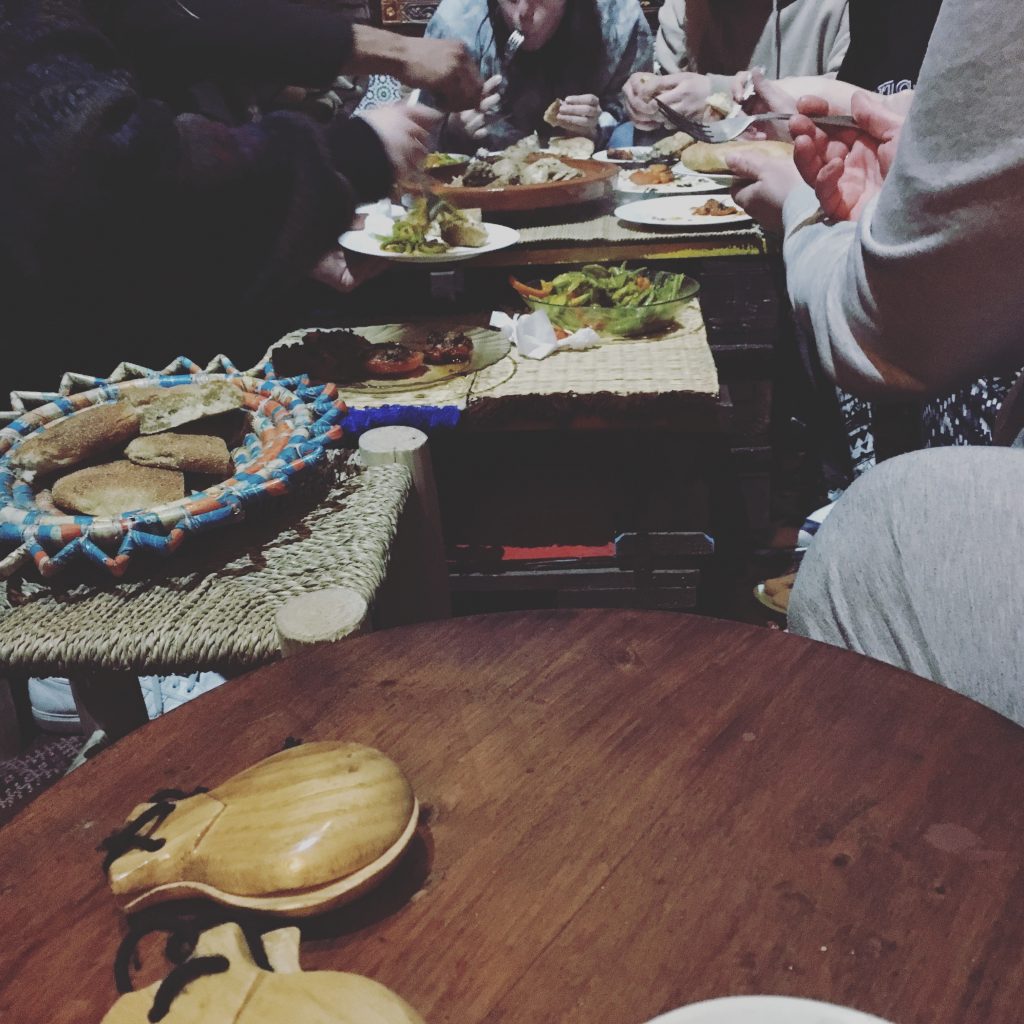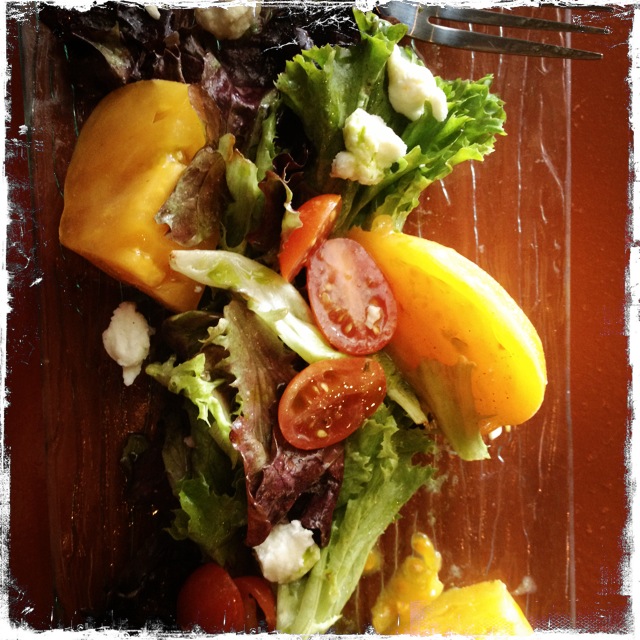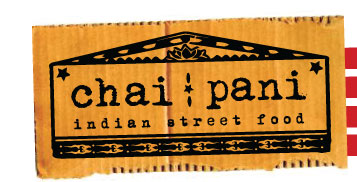Rewinding back to Christmas Day…
It started on an inauspicious note. The morning chai was awfully unsatisfactory. Something wasn’t right with the coconut milk. Then, my beloved poha chivda recipe, the one I had perfected over many attempts, didn’t deliver. I had made a fresh batch that morning, and it just wasn’t good enough. Aargh! In a totally unplanned move, I made a second batch of chai mid-morning. I wanted to erase the memory of bad chai and bad poha chivda. But the 10:30am chai was equally dismal.
Lunch was a tad better. Husband had made a delicious biryani in honor of Jesus’s birthday. It was SPICY yet spectacular. I had a strong feeling that I would regret all those additional helpings but I badly wanted to overwrite the less-than-perfect food and drink experiences from earlier in the day. So much so that I cleaned up the biryani that evening, and well… it was a bit too spicy for me.
I recognized clearly that I was so eager to have a good experience because I wanted to erase the memory of the previous one. And I also knew that a new experience, no matter how phenomenal, couldn’t/wouldn’t deliver. It was too tall an order. And yet I kept chasing it all day, Christmas Day. Maybe lunch will be better than breakfast, the evening chai can make up for the miserable one from morning, and so on.
And when all attempts fail, there is sugar. I have seen time and again that I reach for sugar when I am dissatisfied. We don’t have candy around but there are figs! Dates! A dried fig with a couple of cashews works. Or perhaps a date laced with almond butter. All healthy and delicious but again, trying so hard to fill that gnawing feeling of dissatisfaction. The days when meals are great, and I am supremely sated, there is no need for additional sweetness. It’s all perfect. And of course, when there is a steady sense of happiness within, a feeling of joyful creativity, even a less-than stellar meal can’t make a dent.
What helps in these situations? A palate cleanser! Raw fennel seeds are perfect.



